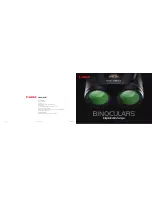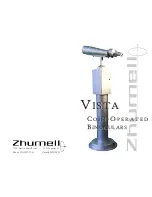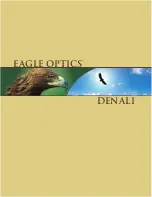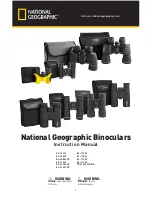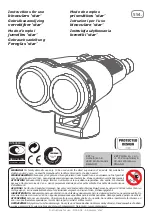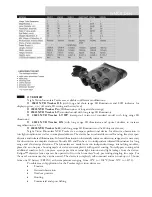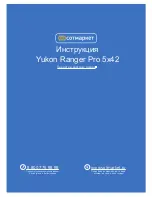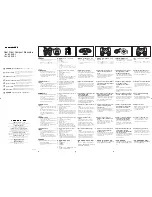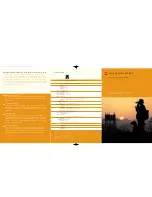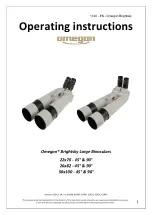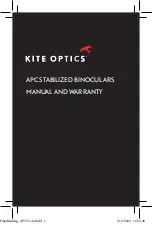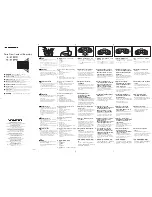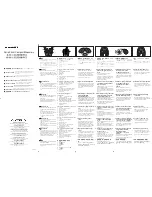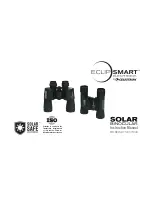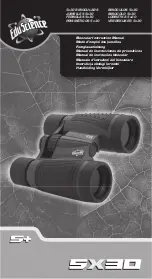
6
TWILIGHT OUTPUT
The twilight output number quantifies binocular visual performance and detail visibility in twilight condi
-
tions.
Formula:
√Lens diameter x magnification
The result is evaluated purely mathematically and is only of interest when comparing differing types of
binocular (e.g. 8x30, 7x50 and 10x50). The number calculated disregards binocular performance increase
due to optical treatment, top-quality glass types and the like. See luminous intensity for more information.
DIOPTRIC COMPENSATION
In binoculars with centre wheel focusing, the right eyepiece can be adjusted. This compensates for the
user’s eyesight deficiencies. In models with single eyepiece adjustment, both eyepieces can be turned, as
they also serve to adjust the focus.
RUBBER ARMOUR
Binoculars with rubber armour are advisable for rugged, professional uses. The black or olive green rubber
armour protects the instrument against splashing, dropping and impacts. The armour on our instruments
has fast colouring and is proof against sunlight.
COLLIMATION (double image)
This term means the parallel alignment of both halves of a pair of binoculars. If an instrument is subjected
to any major impact or dropped, the prisms may become misaligned, making the instrument out of collima-
tion. Observation through such an instrument yields double images, as the contours seem to the observer
to be displaced.
Readjusting for eyesight can compensate minor maladjustment of this kind. However, a headache may result
if such an instrument is used for any length of time. Such instruments should always be sent in for repair.
LUMINOUS INTENSITY (general information)
The luminous intensity (LI) quantifies the brightness of a pair of binoculars. Under normal circumstances,
a 7x50 pair (LI 51) yields much greater intensity than a 10x50 pair (LI 25). To exploit the greater intensity
of 7x50s, the user’s pupils must be dilated to the size of the instrument’s exit pupil [EP] (in 7x50: 50/7 = EP
7.14). In people over age 50, the pupil often doesn’t fully dilate. In such cases, the higher luminosity cannot
be exploited.
LUMINOUS INTENSITY (geometric)
The geometric luminous intensity is the mathematical brightness value of a pair of binoculars. Models with
higher luminous intensity are especially suited to observation at twilight.
Formula for calculating luminous intensity:
(Lens diameter / magnification)
2
e.g. (50/10)
2
= 5 x 5 = 25
This calculation disregards any features improving performance, such as BaK-4 prisms, multicoating or
optical glass quality.









